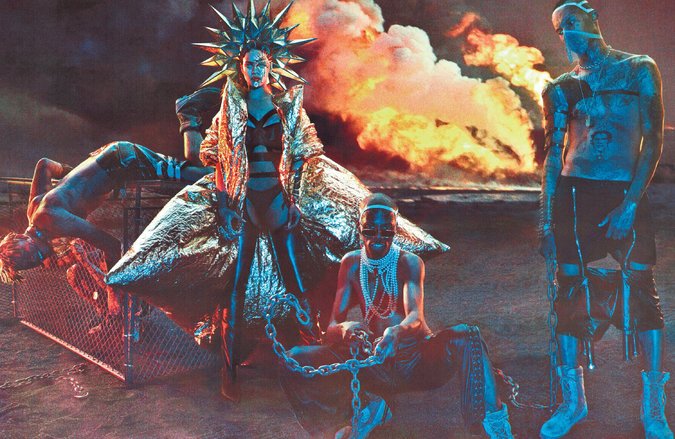

Good Morning POU! We continue looking at the fascinating genre of afrofuturism within current musicians and artists.
‘Slavery stripped blacks of almost every possible form of identity. National, familial, religious, and tribal identity was completely wiped due to the slave trade. At that point, what history do you have left? Not much of one, right?’
Where do you go when you don’t have a past? The future.
In the 2016 September issue of W magazine, Rihanna was cast as Tomorrow, an otherworldly warrior queen and champion of the downtrodden, resplendent in diamonds and foil.
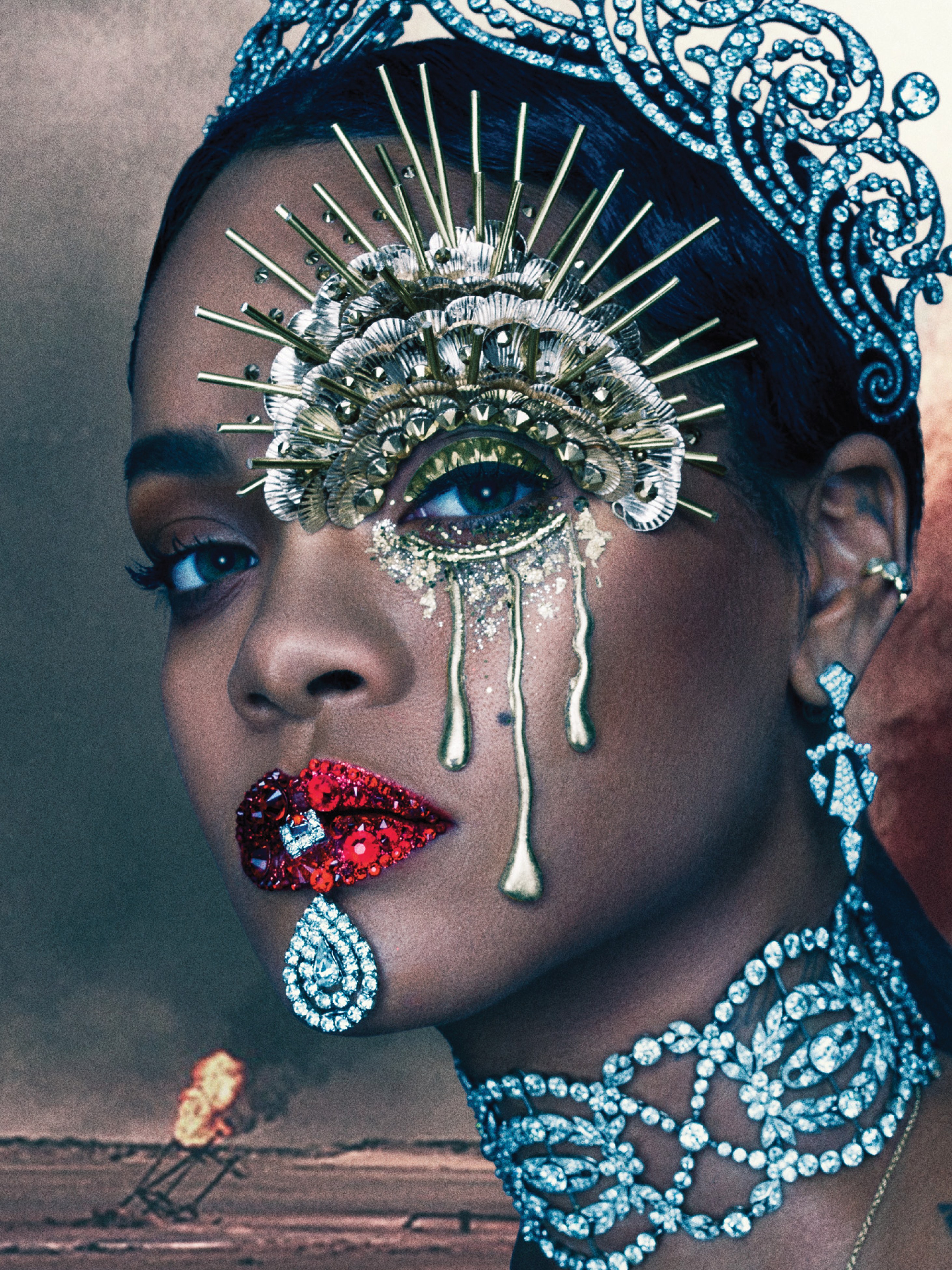
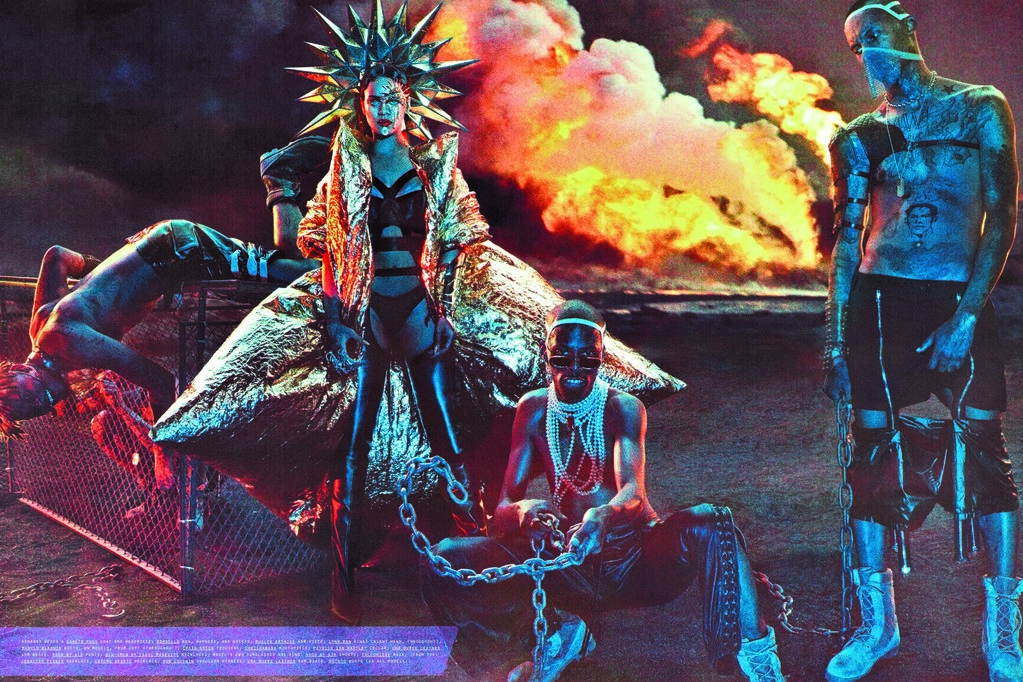
A month earlier, at the MTV Video Music Awards, Beyoncé projected a similarly astral vibe. Flanked on the stage by twin columns of attendants, she was a galactic goddess in a white ermine cape. Not to mention, her very otherwordly performance at the 2017 Grammys which seemed a tribute to goddesses of another time and place.
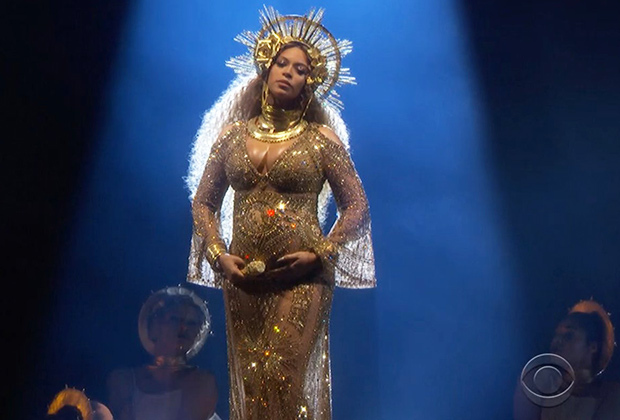
On “Saturday Night Live,” her sister, Solange Knowles, flaunted a sundial-size headdress of crystals and tight-woven braids, looking every inch a regal visitor from distant planet.
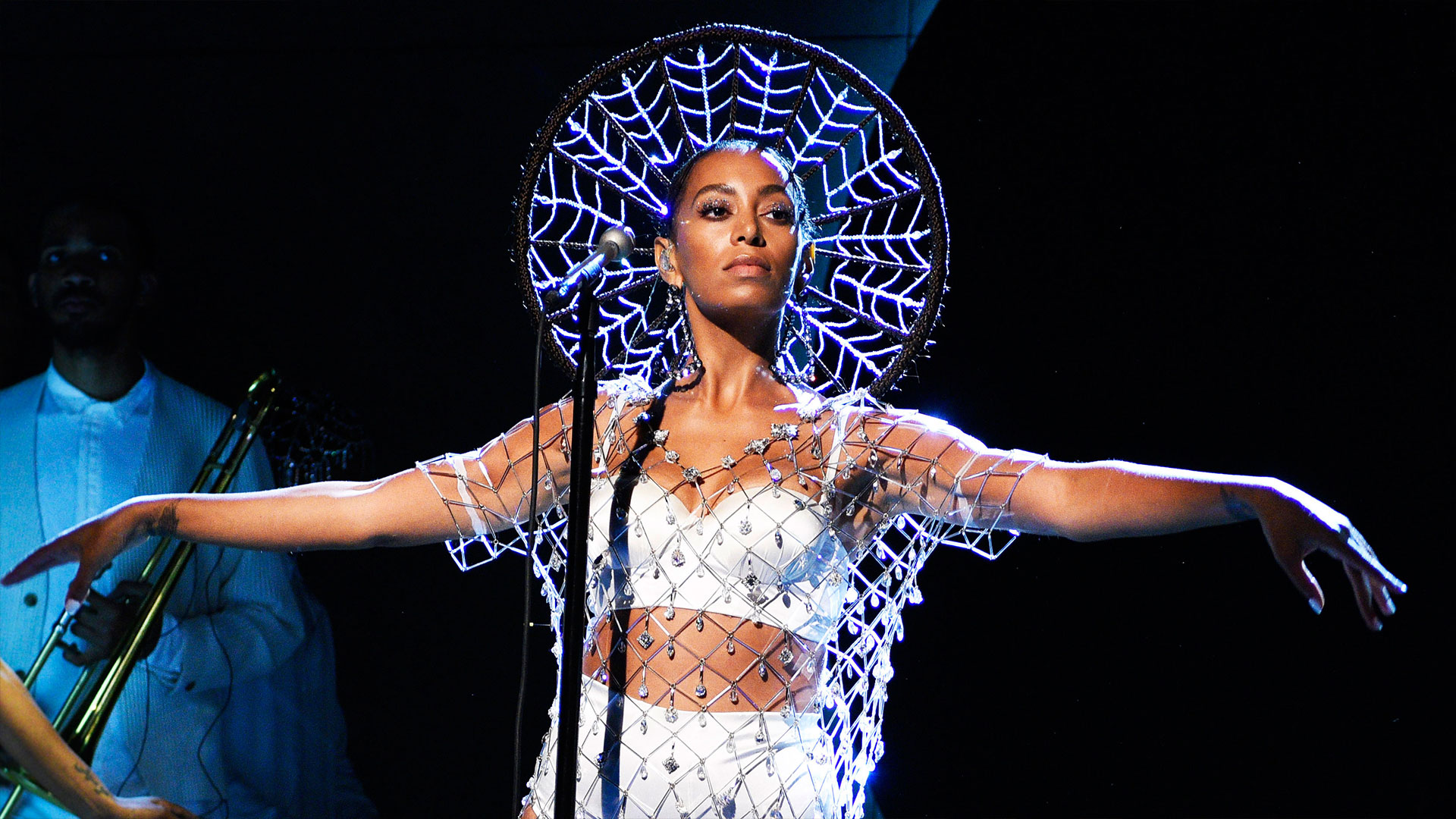
Each was in her way a beacon of Afrofuturism, a social, political and cultural genre that projects black space voyagers, warriors and their heroic like into a fantasy landscape, one that has long been the province of their mostly white counterparts.
Familiar to some, exotic to others, the term refers loosely to an unlikely fusion of parts: Egyptian and other non-Western mythologies, mysticism and magical realism with Afrocentricity, modern technology and science fiction. A freighted concept in more ways than one, it gained traction this year, muscling its way into the pop cultural mainstream via the intertwined worlds of entertainment, art and style.
In part, Afrofuturism, an aesthetic dating roughly from the 1970s, has taken on a new public face through a new generation of recording artists — Erykah Badu, Missy Elliott and Janelle Monáe among them — who have given it not only a voice, but also a look. You will likely know it when you see it: a high-shine mash-up of cyborg themes, loosely tribal motifs, android imagery and gleaming metallics that might be appropriate for a voyage to Pluto’s outer reaches.
A brief – and in no way definitive – breakdown of Afrofuturism’s musical lineage might look something like this. The 50s and 60s were dominated by the free jazz and avant garde work of Sun Ra and his Arkestra, John Coltrane, Miles Davis, Don Cherry and Alice Coltrane, with some psychedelic input from Jimi Hendrix and Love. The 70s and 80s were when George Clinton’s Parliament/Funkadelic and Prince sent funk to outer space and dub innovators such as King Tubby and Lee “Scratch” Perry beamed out cosmic signals from Jamaica. The 90s saw a renaissance and reimagining of Afrofuturism in hip-hop (OutKast, Kool Keith’s Dr Octagon alias and RZA), neo-soul (Erykah Badu) and techno (specifically Detroit producers such as Drexciya), with all embracing the philosophy and giving it their own distinctive edge.
But what we now define as Afrofuturism wasn’t ever just about musical exploration, cool costumes or even academic recognition. The ideas and philosophy of Sun Ra were also about improving the lives of black people: he started making music before universal suffrage or the civil rights struggle. Just as Marcus Garvey proposed a “Back-To-Africa” movement for descendants of slavery, Sun Ra felt the future for black Americans could be intergalactic. But however far-out that might seem, Britt argues even Sun Ra’s most outlandish claims are rooted in the real, everyday struggle black Americans faced.
“When people said the ozone layer is disappearing and it’s our fault, then people began to use less gas and looked into electric cars, so it spawned this consciousness,” he says. “So I think that’s what Sun Ra was trying to achieve. Not so much saying, ‘Come with me, I’ll save you’, but, ‘Listen and look at what’s around you and we can make this better if you pay attention.’ He wanted to raise awareness and consciousness.”
Ishmael Butler of Shabazz Palaces, who along with THEESatisfaction has formed an unlikely Afrofuturist cell in the environs of the Sub Pop label, and who worked alongside King Britt in Digable Planets, also sees Sun Ra’s teachings as being rooted in the now.
“I try not to really think of past or future, but to make the most of the instinct that’s happening in the moment,” he says. “To me that’s where individuality lies. I learned and got the notion from Sun Ra and cats like that, for sure. I see these guys, who we call Afrofuturists, to be masters of the now.”
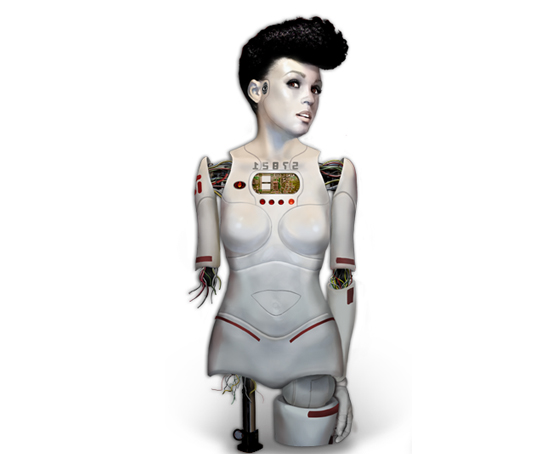
That message of self-awareness, free expression and empowerment still exists in modern Afrofuturism, which has produced one artist credited with taking its ideas into the mainstream. “I think the term has gotten its legs because of Janelle Monáe,” King Britt says. “She’s in the pop world and what she does reaches so many people. So when she used the term in a few interviews it really resonated.”
Ytasha Womack sees Monáe’s art as being able to transcend racial boundaries, taking Afrofuturism away from being a purely black concept. “I think that’s why a lot of people enjoy Janelle Monáe, because she talks about this android, this ‘other’. The symbolism is understood,” she says. “A lot of people can associate with this concept of otherness for a whole host of reasons, many of which may not be racial, so there’s a connection there.”
“I’m a cybergirl without a face a heart or a mind,
(a product of the man, I’m a product of the man),
I’m a saviour without a race (without a face).”Janelle Monáe on ‘Violet Stars Happy Hunting’, from her debut EP ‘The Chase’
